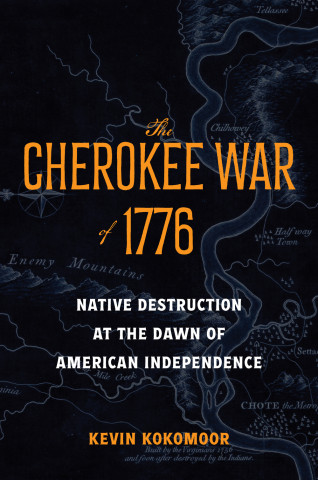
Reviews
The book also looks at the art of good journaling and how one can mine its information to enrich all other kinds of writing.
What is especially lovely about this book, aside from its accessibility and art work, is the range of texts that are used. There are classic works of literature, travel writing, memoir; the advice provided is always exemplified.
Encouraging and intelligent, Taber instructs writers on how using a field notebook can lead to more useful, comprehensive, precise, and vivid notes that will result in fully realized scenes, characters, and settings.
Chance Particulars is the literary equivalent of a pair of binoculars. It's a guide to paying attention to the concrete, sensory details of experience and the process of getting them down on the page.
Sara Mansfield Taber's Chance Particulars is at once a delicious read and the distilled wisdom of a long-time teacher and virtuoso of the literary memoir. Her powerful lessons will give you rare and vital skills: to be able to read the world around you, and to read other writers, as a writer, that is, with your beadiest conjurer's eye and mammoth heart. This is a book to savor, to engage with, and to reread, again and again.
Sara Mansfield Taber has written—in an accessible style and with well-chosen examples—a practical and readable field guide for writers to practice the necessary skills of observation. More than a guide, this is a sketchbook, notebook, and inspirational commonplace book in one, meant to show writers how to make readers walk in their shoes.
Book Details
Introduction
1. Elements of Fine Writing
2. Purpose of the Notebook
Goal, Quest, Story
3. Chance Particulars
Use of the Senses
Specificity, Precision, and Concrete Detail
4. Place
Landscape and Nature
Towns
Introduction
1. Elements of Fine Writing
2. Purpose of the Notebook
Goal, Quest, Story
3. Chance Particulars
Use of the Senses
Specificity, Precision, and Concrete Detail
4. Place
Landscape and Nature
Towns, Streets, and Buildings
5. People
Portraits and Interviews
Encounters, Observations, and Activities
6. Facts, History, and Culture
Basic Facts, History, and Cultural Observations
7. Technical and Other Pertinent Information
Informational Notes
8. Chronicle
Record of Daily Activities and Travels
9. Personal Responses
Feelings and Contemplations
10. Commonplace Notes
Quotations and Thoughts from Experts, Scholars, and Literary Forebears-and Other Miscellanea
11. Associations and Figurative Language
Metaphor and Simile
12. Reflections
Thoughts and Musings
13. Writing Notes
Acknowledgments





